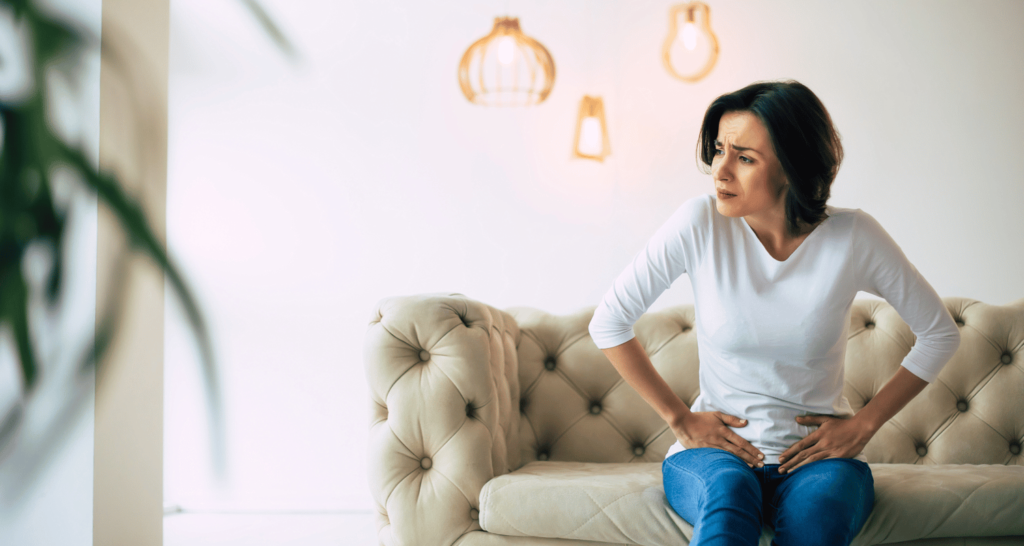
Exercise is commonly cited as remedy for menstrual symptoms.Two of the most common menstrual disorders are Premenstrual syndrome and primary dysmenorrhoea.
Now, what is PMS?
It includes group of symptoms that occur in women, typically between ovulation and menstruation. These symptoms are Mood swings, anger, fatigue, irritability, headache, cognitive dysfunction and bloating. So, it is a combination of Physical, psychological and behavioral changes in the late phase of Menstrual cycle, on average, it starts 5-7 days before the beginning of menstruation and 2-4 days after the onset of monthly bleeding. It interferes with their interpersonal relationships or activities.
What is Dysmenorrhoea?
Mentsrual cramps or period pain is termed as dysmenorrhoea. Several pharmacological treatments are available for these menstrual disorders such as Oral contraceptive pills, NSAIDs and Gonadotropin releasing hormone agonists. Considering the side effects of drug treatments, NON- PHARMACOLOGICAL treatments particularly Exercise acts as Magical Potion for Menstrual disorders.
Studies have shown that regular exercise reduces the frequency or severity of PMS and Primary Menstrual pain. Women who are physically active, have reported less PMS symptoms as compared to the women who are having sedentary lifestyle as ENDORPHINS are released during exercise which serves to reduce pain, stress, anxiety and uplift the mood. A Study showed that 3 months of regular aerobic exercise is effective in reducing the both physical and psychological PMS symptoms and it can be used as a treatment. During menstruation abdominal ligamentous band got contracted leading to cramping pain. Stretching exercises tend to relief these symptoms to higher extent.
Now the question is which type of exercise is recommended for the symptomatic relief during menstruation?
- Light Aerobic exercise – Walking, Jogging, Rowing, cycling etc.
- Moderate intensity Physical exercise(Strength Training)
- Stretching exercise
- Gentle yoga
Which exercises to be avoided during menstruation?
- Intense Cardio
- Heavy weight training
- Avoid squats
- Inverted yoga poses
- Abdominal exercises- crunches, Reverse crunches, Plank holds etc.
Other than menstrual disorders there are many more important health reasons for encouraging women to be physically active throughout their lives as there is a good evidence available which supports the effectiveness of exercise for many health conditions such as reducing the risk of cardiovascular diseases, type 2 diabetes mellitus and metabolic syndrome, strengthening of bones and muscles, managing the weight, improving the ability to do daily activities and preventing falls etc.
So, now is the time to break the myth of NO EXERCISE during menstruation. You can Participate in all types of exercises from light aerobic to moderate intensity Physical exercises. But it is very important to listen your body and modify your workout accordingly.
